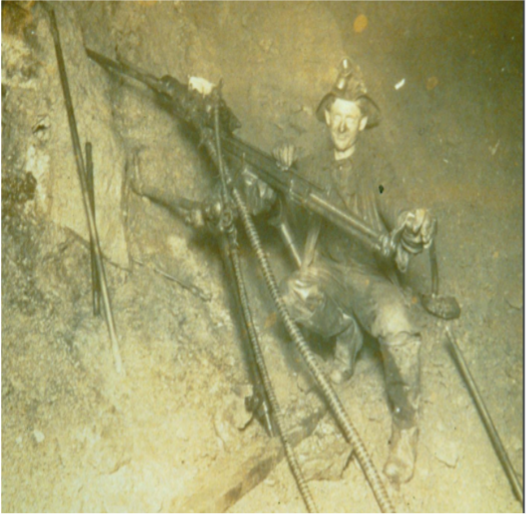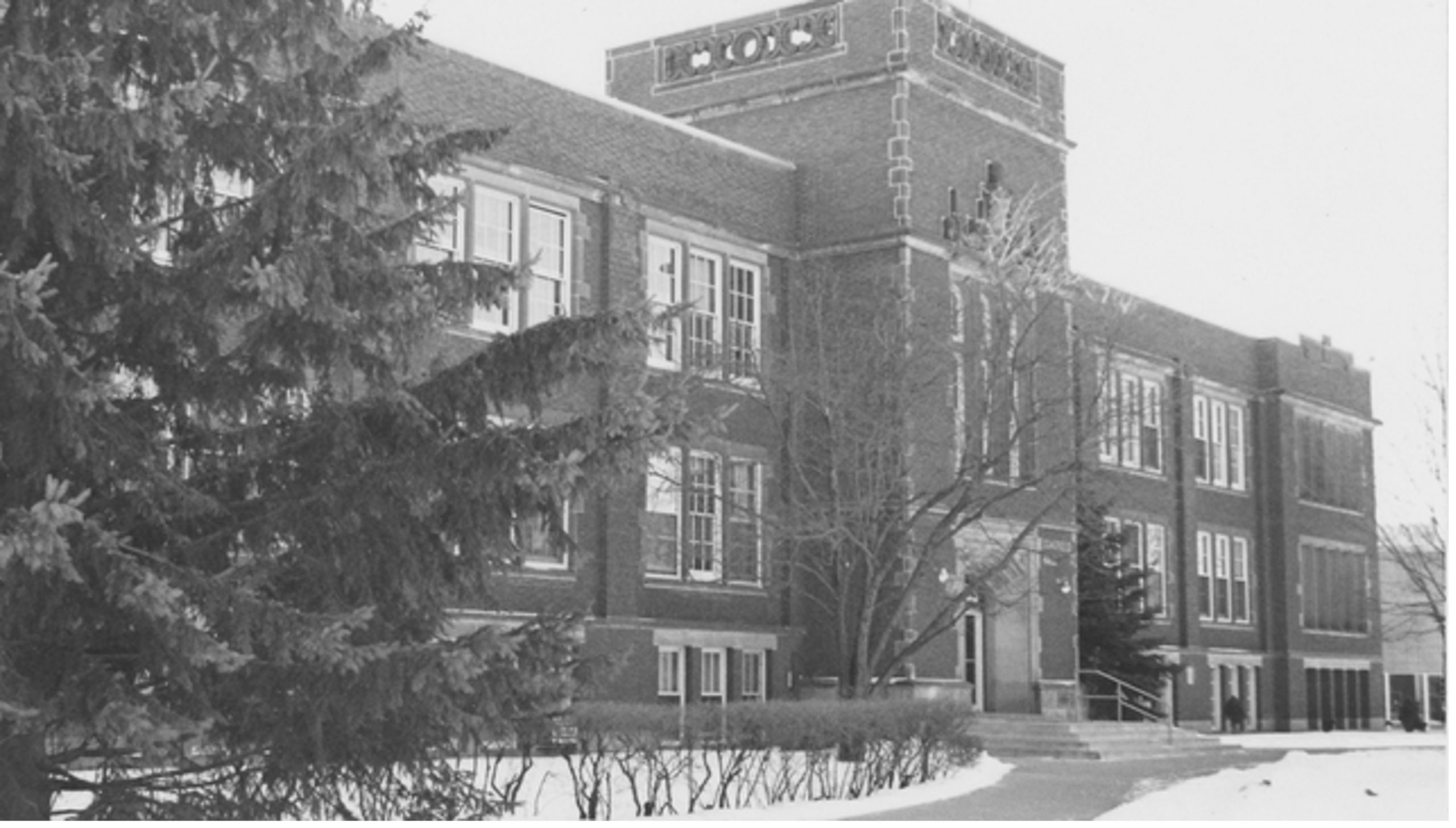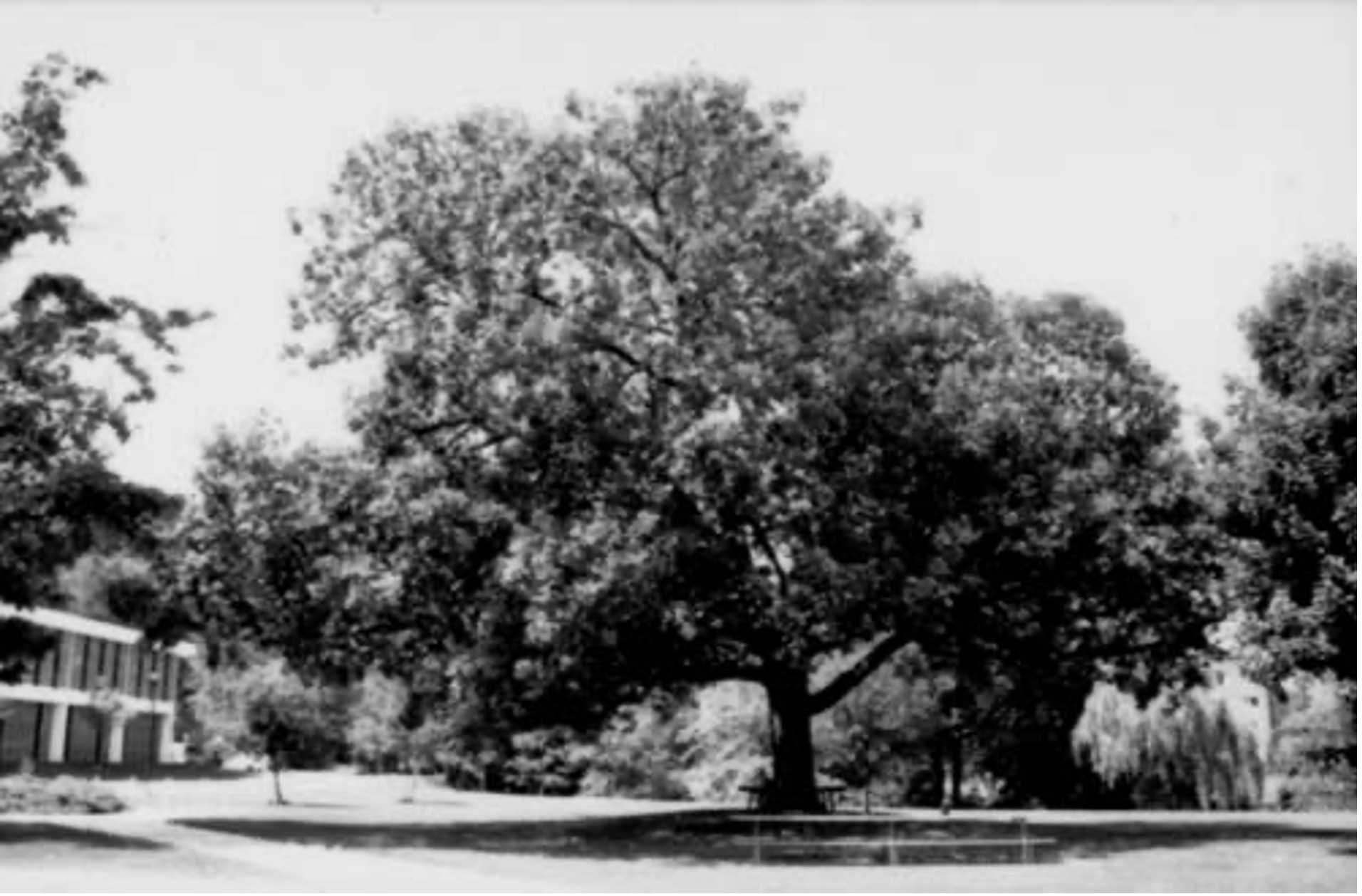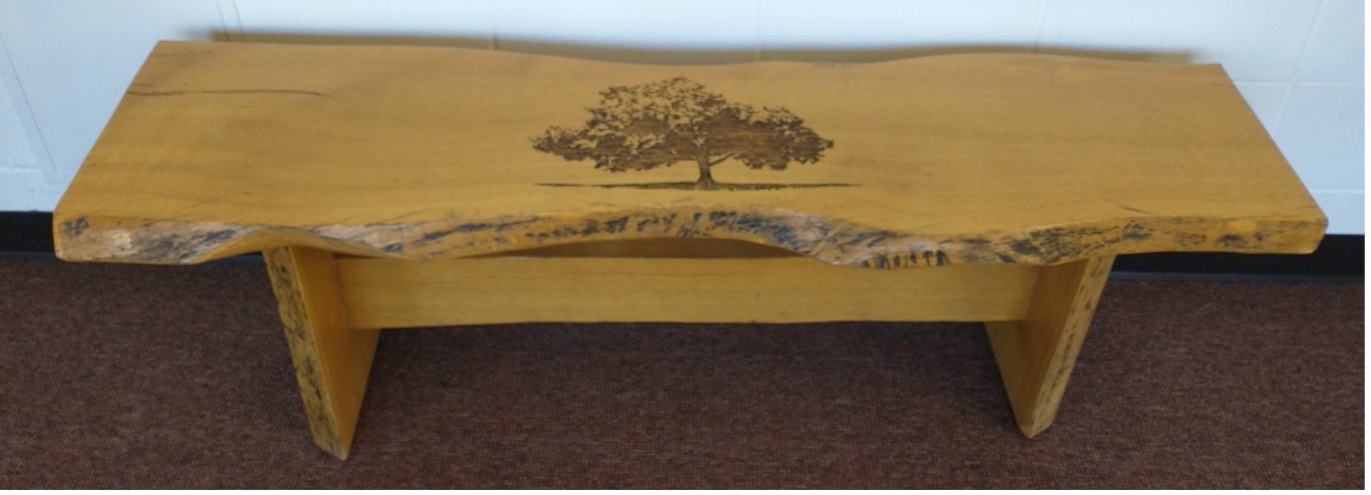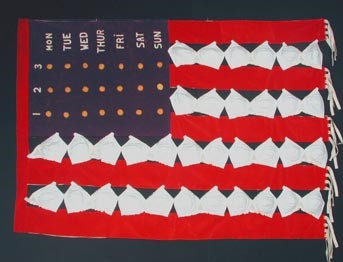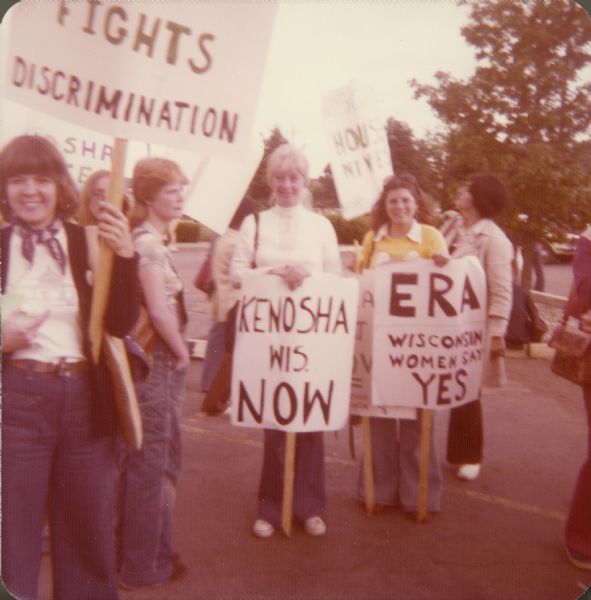Eastern European Immigration to Wisconsin
Between the 1880s to the 1920s, a new wave of immigrants from Southern and Eastern Europe began to arrive in Wisconsin. The Eastern European immigrants included Poles, Czechs, Slovaks, Russians, Hungarians, and Bulgarians. Eastern European countries at this time struggled with overpopulation,…
